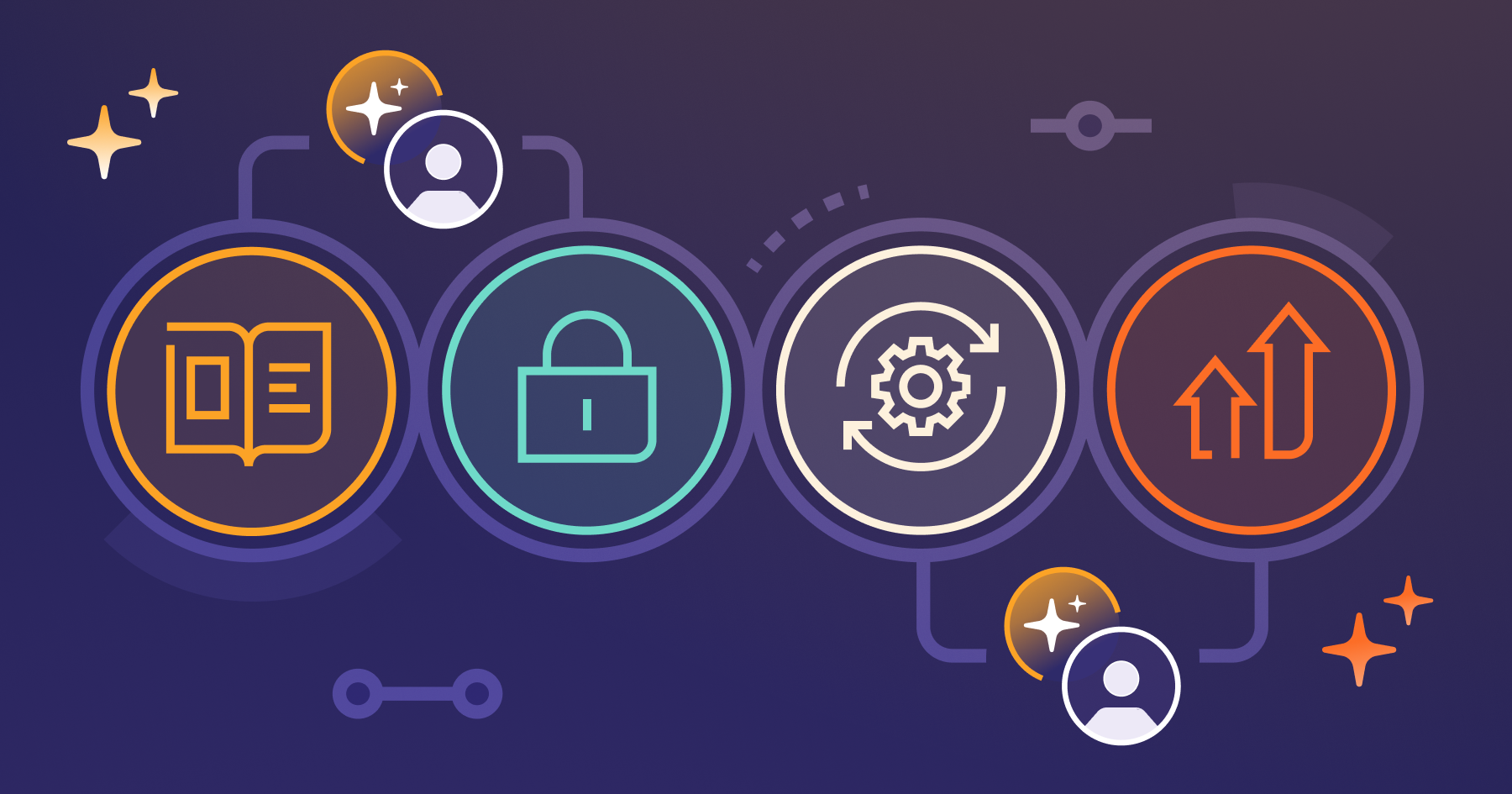What if government agencies could cut software development timelines in half while simultaneously tackling the technical debt that has accumulated over decades? AI agents are making this possible, transforming how public sector organizations build and maintain the digital infrastructure that serves their citizens.
Recent policy directives highlight the promise of AI for federal operations, encouraging agencies to use AI to deliver enhanced taxpayer value, improve public service quality, and boost operational performance. Software development within agencies presents an immediate opportunity for implementing AI.
AI agents can drive this transformation by deploying intelligent systems that can initiate actions, make autonomous choices, and handle sophisticated tasks alongside development teams. This dramatically speeds up software creation cycles, allowing organizations to ship applications more quickly without compromising security and regulatory compliance.
In addition to efficiency gains, AI agents enable cost-effective modernization initiatives, including the reduction of technical debt, remediation of security vulnerabilities, and the updating of legacy applications that federal agencies have relied on for decades. AI agents could solve problems such as decommissioning obsolete systems and outdated programming languages like COBOL.
However, the effective use of AI agents requires a fundamental shift in development practices, moving toward true human-AI partnerships. This evolution doesn't eliminate the need for talented software engineers; rather, it enhances their abilities and reshapes their responsibilities in addressing the public sector's unique mission-focused challenges.
To capture the long-term advantages of AI agents, agencies must reimagine their development structures and workflows. This starts with a step-by-step approach to AI adoption, building core knowledge of AI agents and gradually developing into an ongoing optimization process.
Step 1: Build foundational AI proficiency
Organizations new to AI should start by developing familiarity, confidence, and expertise with AI-supported programming, documentation, and basic problem-solving in low-risk environments. This approach helps agencies develop effective practices while preventing issues such as data exposure and security gaps.
After developers gain basic AI competency, they can broaden their AI proficiency throughout the software development process, focusing specifically on repetitive, labor-intensive tasks where AI delivers immediate benefits with minimal workflow disruption. This frees up developers from routine, monotonous work, enabling them to concentrate on more important challenges and strategic planning.
Step 2: Establish governance frameworks and compatibility standards
When teams gain confidence using AI for specific applications, agencies can start developing comprehensive guidelines for AI tools that support long-term success. This includes data access controls, security measures, and quality benchmarks.
In the U.S., the federal government has urged agencies and federal data leaders to create standards for data compatibility, standardize data formats, and build procedures to manage security threats. For federal organizations handling sensitive civilian data, implementing these standards allows agents to function within the parameters of agency compliance, security, and mission-driven objectives.
These standards empower rather than limit. Data protocols standardize how AI systems exchange information and work together across platforms. This ensures that agencies can maintain data interoperability and consistent data formats, and leverage AI tools across departments.
Step 3: Deploy and expand AI agent capabilities strategically
Now agencies reach the most exciting phase of their AI agent implementation: when they are ready to assign AI agents to handle self-contained development projects with a degree of autonomy.
Providing autonomy increases the range of responsibilities agents can manage, expanding beyond single-agent capabilities and allowing multiple agents to work together on sophisticated projects. By operating and communicating within a unified platform that provides access to rich context across the entire software development lifecycle, agents can become an integral part of the end-to-end development process.
Agencies should encourage developers to strengthen the skills that matter most for successful AI partnerships, including analytical thinking, problem-solving skills, and creativity. The collaboration between AI agents and skilled, AI-prepared developers advances innovation and enables quicker, more secure software delivery in support of federal objectives.
Step 4: Enhance performance through monitoring and training
Agencies must keep refining their AI implementation processes, even when AI agents can function and collaborate independently. To ensure agencies maximize their AI investment, it is essential to implement monitoring systems that track agent effectiveness with clear metrics and correction protocols.
Continuous training programs for developers, IT administrators, and other federal employees, particularly those emphasizing AI knowledge, will also be critical. Agencies can build AI capabilities through education initiatives that emphasize prompt design, AI partnership methods, and effective system supervision. Collaborating with AI represents a sophisticated skill that will distinguish developers and prepare them for success in today's evolving work environment.
Embracing the future of AI-led development in government
AI agents are poised to transform the way we design, create, launch, and maintain software that powers federal government systems.
The shift toward AI-driven software development creates both major opportunities and strategic challenges for public sector organizations. Agencies that welcome this change as an opportunity to reimagine their capabilities, rather than viewing it as a threat, will experience the most significant efficiency improvements and mission acceleration.
By actively managing these essential areas, from initial integration through governance and ongoing learning, federal organizations can succeed in this new environment where AI capabilities enhance human innovation and strategic thinking.
Next steps
AI-powered efficiency: Modernizing government in 2025
Learn how AI accelerates workflows and maximizes productivity, enabling government agencies to maintain service delivery despite reduced headcount.
Read the guideLearn how AI accelerates workflows and maximizes productivity, enabling government agencies to maintain service delivery despite reduced headcount.
Frequently asked questions
Key takeaways
- AI agents automate complex development tasks, allowing federal teams to focus on strategic, mission-critical initiatives.
- Government agencies can modernize legacy systems and reduce technical debt through intelligent AI-powered automation.
- Success requires a phased approach: build AI comfort, establish governance, deploy agents, and continuously improve processes.

